- Home
- Machining techniques
- CNC Machining Services
- Cooperative supply services
- Designs
- Materials
- Finishing Services
- Shop
- Products
- Guide
- About Us
- Contact Us
2022.10.31
Diamond tools are usually used in high-speed cutting and machining. What are different types of diamond cutting tools? Today we are going to look at three main materials of diamond tools.
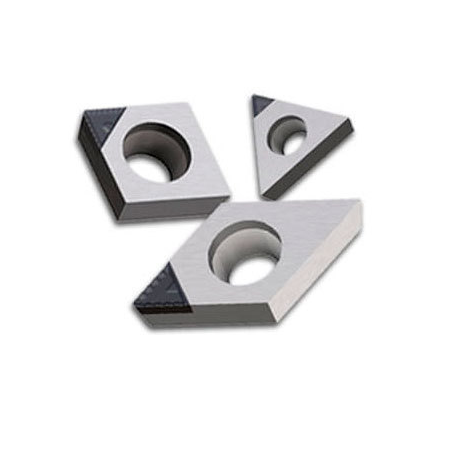
Diamond tools generally have high hardness, good thermal conductivity and wear resistance, etc., and can obtain high machining accuracy and efficiency, mainly machining nonferrous metals and other nonferrous metals. Diamond tool materials are divided into SPDT, PCD, and CVD diamond.
1. Single point diamond turning tool (SPDT)
The single crystal diamond used as cutting tool must be large particles (with a mass greater than 0.1g and a minimum diameter length of no less than 3mm), and is mainly used in precision CNC turning and machining applications with high requirements for surface roughness, geometric accuracy and dimensional accuracy.
Natural single crystal diamond is the most wear-resistant material in diamond. It is fine in texture. After fine grinding, the blunt radius of the cutting edge can be as small as 0.008~0.005 μm. However, natural single crystal diamond is brittle, its crystal anisotropy, and the crystal hardness of different crystal planes or the same crystal plane in different directions are different, so the proper direction must be selected when grinding and using. PCD, PCD/CC and CVD diamond tools are mostly used in production due to harsh use conditions, limited natural single crystal diamond resources and very expensive prices. Natural single crystal diamond is mainly used for ultra precision cutting of some non-ferrous metals or production of gold jewelry. The size, shape and performance of synthetic single crystal diamond have good consistency. Due to the increasingly mature high-temperature and high-pressure technology, it is possible to prepare synthetic single crystal diamond of a certain size. Especially when machining highly wear-resistant laminated wood, its performance is better than that of PCD diamond, which will not cause premature passivation of the cutting edge.
2. Polycrystalline Diamond (PCD) cutting tool
PCD is a polycrystalline material made by polycrystalline diamond single crystal powder with cobalt and other metal binders under high temperature (about 1800 ℃) and high pressure (5~6MPa). Although its hardness is slightly lower than that of single crystal diamond, it is the aggregation of randomly oriented diamond grains, which is isotropic. When used as a cutting tool, it can be grinded with arbitrary orientation. It does not need to select the best cleavage surface as the rake face like natural diamond. During cutting, the cutting edge is insensitive to accidental damage and has strong wear resistance. It can maintain a sharp cutting edge for a long time. During processing, it can use a high cutting speed and a large back cut (depth of cut). Its service life is generally 10~500 times longer than that of WC based carbide tools. Moreover, because of the conductivity of the metal bond in PCD, PCD is easy to cut and form, and the source of raw materials is rich, Its price is only one tenth to one tenth of that of natural diamond, and it has become a high-performance substitute for traditional based cemented carbide tools.
3. Chemical Vapor Deposition (CVD) cutting tool
CVD diamond is a kind of pure diamond material with high abrasion resistance, without binder, and it is prepared under low pressure (<0.1MPa). CVD diamond mainly has two forms: CVD thin film coating (CD) and CVD thick film (TFD). CD is deposited on cemented carbide substrate (K-type alloy commonly used) by CVD (chemical vapor deposition) process with a thickness of about 10~30 μ m. It is made of film like diamond composed of polycrystals.
Because the matrix is easy to be made into complex shapes, it is suitable for tools with complex geometric shapes, such as taps, drills, end mills and indexable inserts with chip breaking grooves. CD tools are available in the international tool market. They are mainly used for high-speed precision machining of non-ferrous metals and non-metallic materials. The tool life is nearly ten times or even tens of times longer than that of uncoated carbide tools. However, CD tools are not suitable for machining composite materials such as metals, because the hard particles in the composite materials will wear through a layer of coating on the tool surface in a very short time. Although the price of CD tools is lower than that of similar PCD tools, the low adhesion between diamond films and matrix materials limits its wide application.
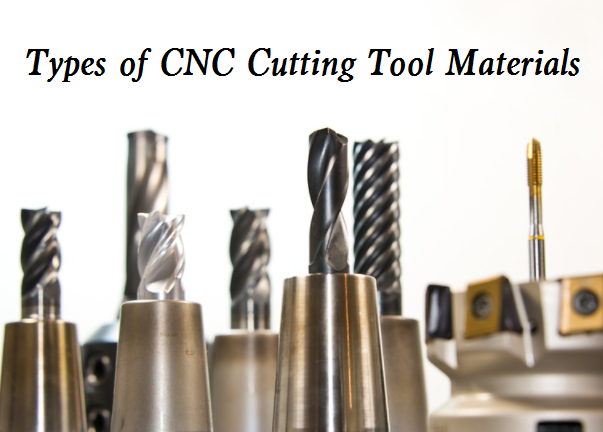 What Materials are Used for Cutting Tool – Types of CNC Cutting Tool Materials
What Materials are Used for Cutting Tool – Types of CNC Cutting Tool Materials
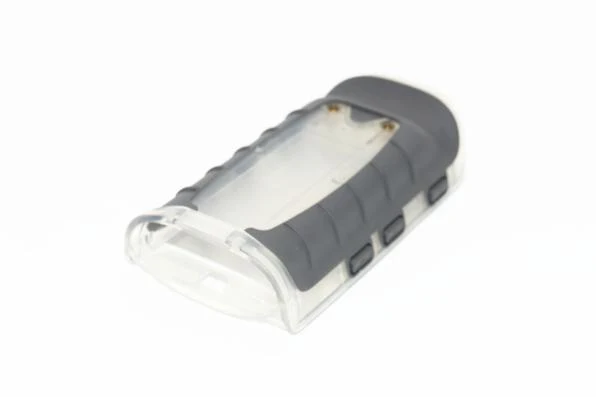 Surface Strengthening Technology Of Injection Molded Parts | CNCLATHING
Surface Strengthening Technology Of Injection Molded Parts | CNCLATHING
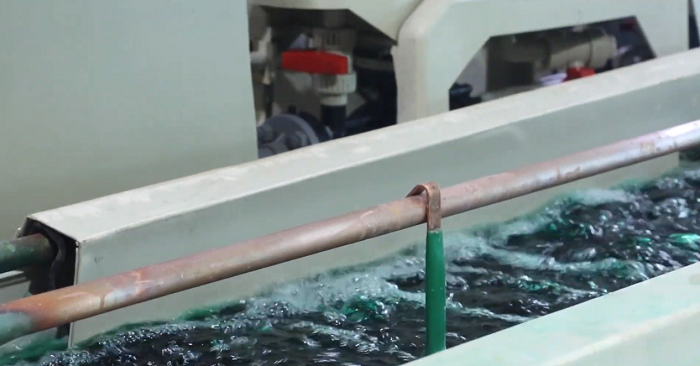 Common Types Of Surface Treatments For Plastic Injection Mold Tools – Which Is Best
Common Types Of Surface Treatments For Plastic Injection Mold Tools – Which Is Best
 Spring Material Types (Properties, Grades, Uses) & Best Selection for Your Project
Spring Material Types (Properties, Grades, Uses) & Best Selection for Your Project
 Custom Robotic Components Guide: Advantages, Process, Price, Material & Tool Selections
Custom Robotic Components Guide: Advantages, Process, Price, Material & Tool Selections
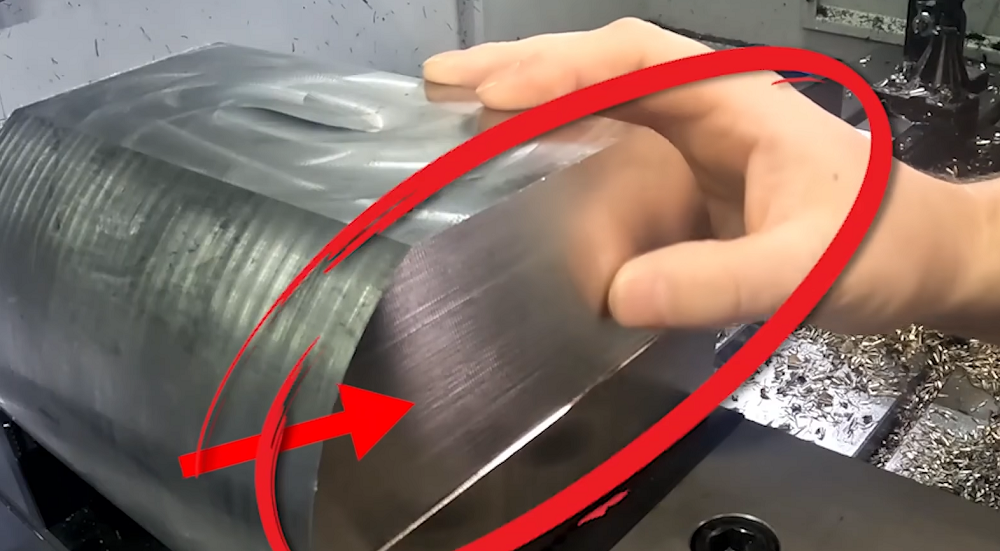 How To Reduce & Stop Chatter Vibration in CNC Milling/Turning/Drilling/Grinding Lathe?
How To Reduce & Stop Chatter Vibration in CNC Milling/Turning/Drilling/Grinding Lathe?
